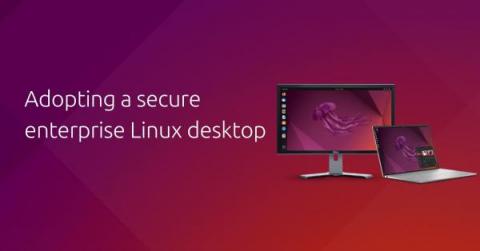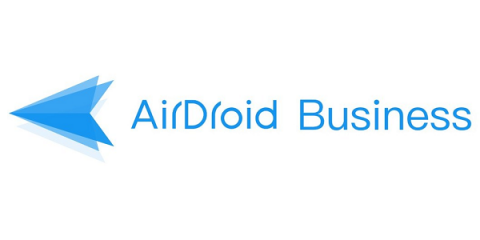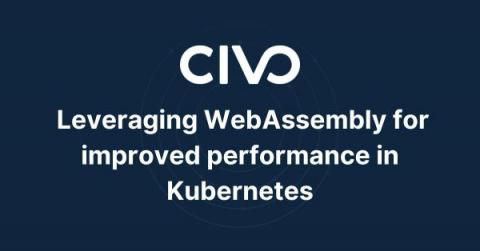How Ubuntu Pro delivers enhanced security and manageability for Linux Desktop users
At the end of last year Canonical announced that Ubuntu Pro, our expanded security maintenance and compliance subscription, is now available for data centers and desktops as a public beta. This week, Ubuntu Pro entered general availability, giving Ubuntu users access to extra hardening and security patching. If you’re a developer using Ansible, Apache Tomcat, Apache Zookeeper, Docker, Nagios, Node.js, phpMyAdmin, Puppet or Python 2, you’ll want to read on.











